Did You Know?
Pho!Vietnam’s street food culture is quite popular and considered by many to be one of the best in the world. Noodles, or pho, are the second most popular food in Vietnam, after boiled rice. They give their name to Vietnam's justifiably famous noodle soup, pho. ▶ |
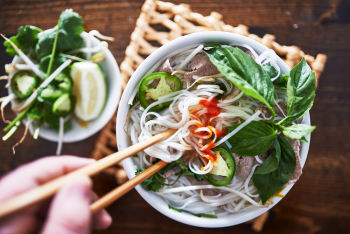 |
Lots of WaterVietnam features 3,260 kilometers (2,026 miles) of coastline, more than 5,800 islands, and 392 rivers, which together cross a distance of 6,735 km (4,185 mi). ▶ |
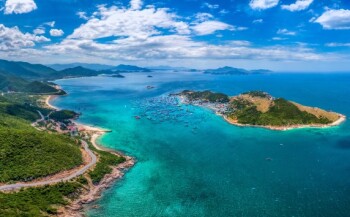 |
Coffee IncomeVietnam is the world’s second-largest coffee producer, accounting for 10.5 percent of the world’s coffee. The country’s annual coffee crop is valued at about US$3.2 billion. ▶ |
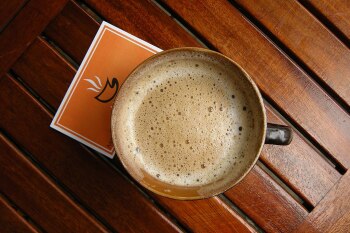 |
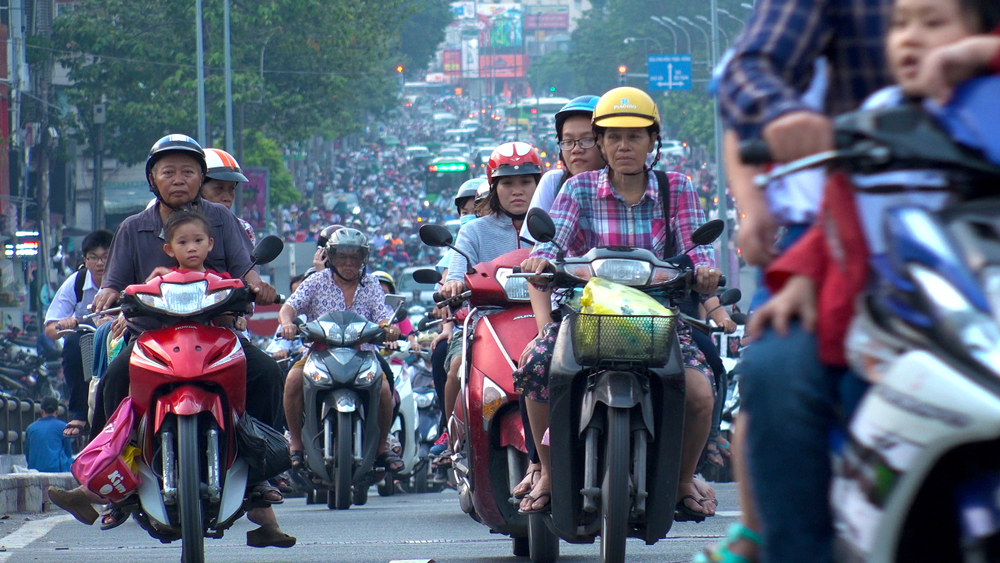 |
On Two Wheels◀ Motorbikes are extremely popular in Vietnam, where there are around 50 million. The cities with the most motorcyclists are Ho Chi Minh City, with nearly 8.5 million, and Hanoi with 6 million. |
Massive CavernWithin Vietnam’s Phong Nha-Kẻ Bàng National Park, Hang Son Doong (Mountain River Cave) is one of the world’s largest natural caverns. It measures more than 5 kilometers (3 miles) long, 200 meters (656 feet) high, and up to 150 m (492 ft) wide. ▶ |
 |
Standing TallVietnam’s highest point, Fansipan Mountain stands at 3,147 meters (10,325 feet) tall on the Indochinese Peninsula. Nicknamed "The roof of Indochina," it has moderate hiking trails and a cable car leading to its summit for panoramic views. ▶ |
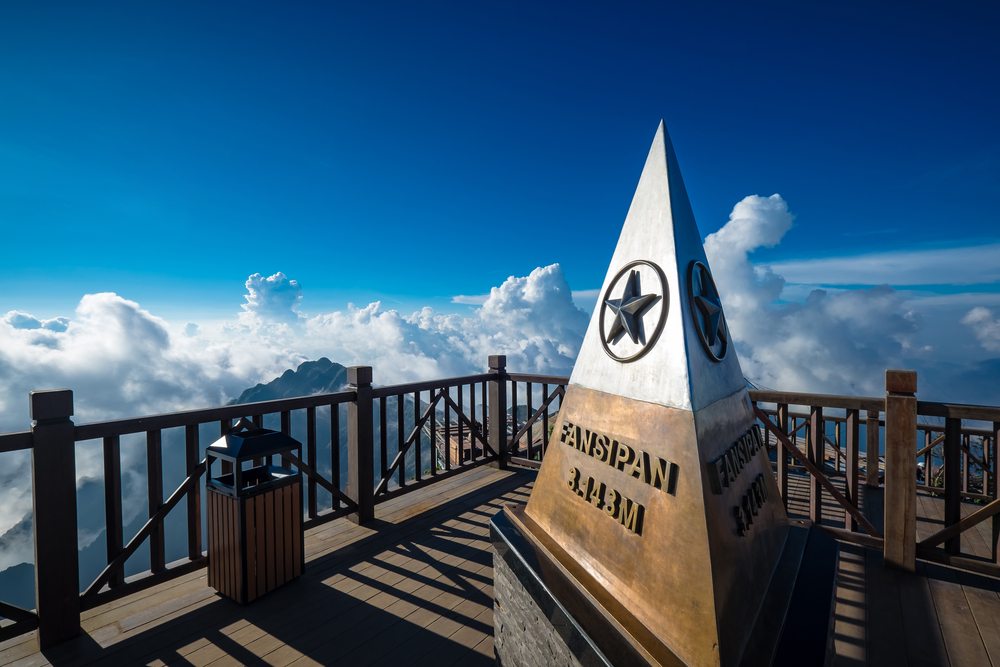 |
TaboosVietnamese gift giving has many superstitions associated with it. Examples of taboo gifts include bananas because they mean “failed” in Vietnamese, cups or glasses because they represent “separate,” and anything related to the number four, which is considered unlucky and means “death.” ▶ |
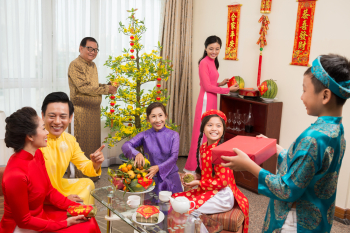 |
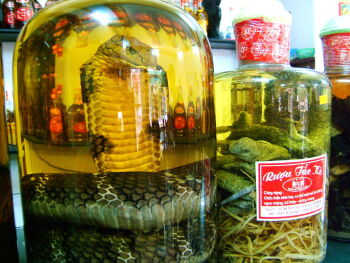 |
Medicinal Drink◀ A traditional Vietnamese remedy, snake wine is made by soaking a whole snake and herbs in rice wine. It is consumed in small amounts to help with muscle and joint pain. |
Learning the LanguageThe Vietnamese alphabet has 29 letters and is a combination of the Latin alphabet with some added letters. It also includes six tones, which are especially difficult for speakers of monotone languages to master. ▶ |
 |
A Casual GreetingHolding up the two-finger V-sign in Vietnam means “hi,” pronounced like hai, which is the number two in Vietnamese. ▶ |
 |
Tasty CuisineFive elements and their corresponding flavors are key to understanding how the Vietnamese prepare and balance their food: wood (sour), fire (bitter), earth (sweet), metal (spicy), and water (salty). ▶ |
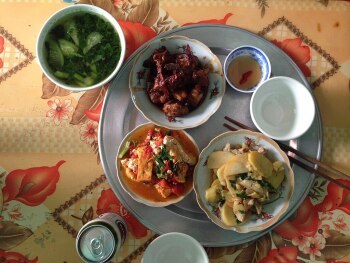 |
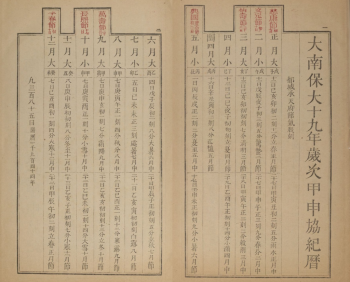 |
Moon Phases◀ The Vietnamese use the Lunar Calendar rather than the Gregorian Calendar to mark traditional events such as the New Year, known as Tet, which usually takes place in February. |
Hot to ColdAlthough most people think of Vietnam as a tropical country, it is possible to see snow falling in Sapa, a small northern town at more than 1,600 meters (5,249 feet) above sea level. ▶ |
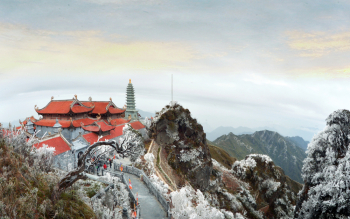 |
Favorite DishVietnam is one of the world’s largest producers of rice, grown primarily in the deltas of the Mekong and Red rivers. Rice is an everyday dish of Vietnamese cuisine. ▶ |
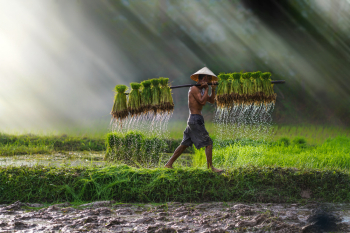 |
Floating MarketsSouthern Vietnam is known for its floating markets, where a wide variety of local produce and other products are sold by vendors from boats floating on river canals. ▶ |
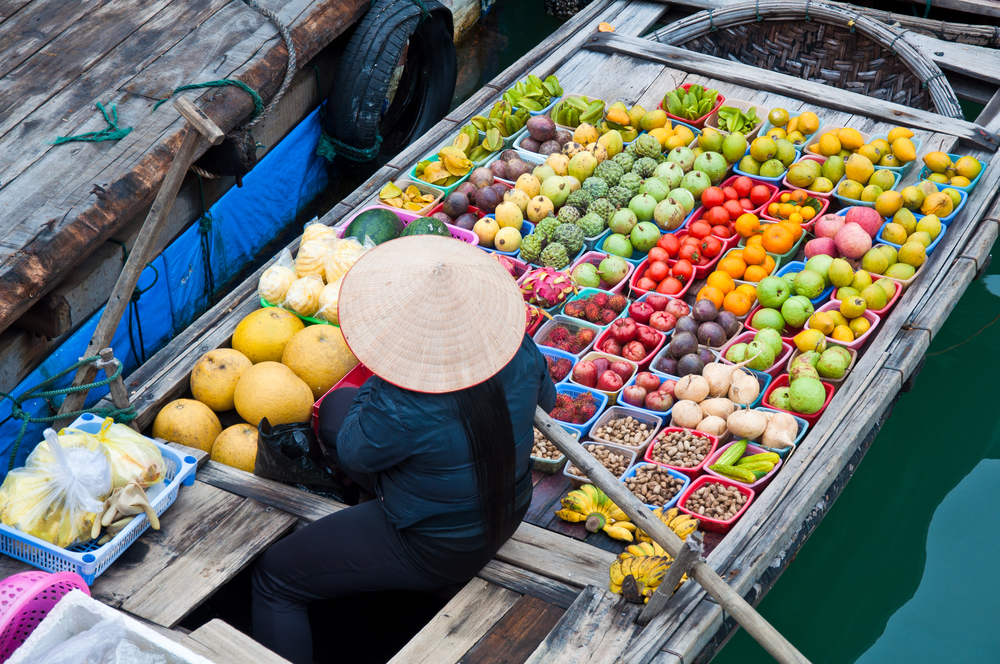 |
 |
Golden Star◀ The Vietnamese flag consists of a golden star with five points to represent farmers, workers, intellectuals, youth, and soldiers. The red background pays tribute to the bloodshed during the wars. |
Religious BuildingsIn religious construction, pagodas are for worship and offerings, while temples were built to honor historical figures. ▶ |
 |
Robes RuleVietnamese traditional fashion is easily distinguished by the flowing robes (ao dai) and conical hats (non la). The ao dai is a long, split tunic dress worn by both men and women over pants. Its name means “long shirt.” ▶ |
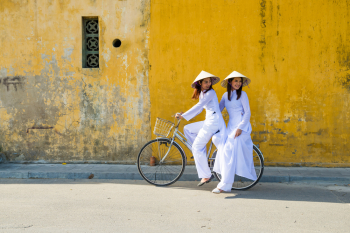 |
World HeritageHa Long Bay is of such scenic beauty that it was included as one of the New Seven Wonders of Nature, as well as on the list of UNESCO World Heritage Sites. ▶ |
 |
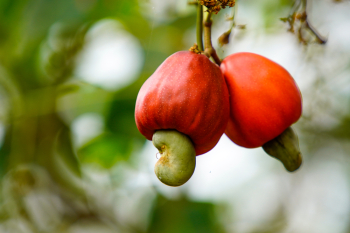 |
Nutty Country◀ Vietnam is one of the biggest producers of cashew nuts in the world. The harvest season typically starts around the end of January and ends in May or June. |
Article written for World Trade Press by Brielle Burt.
Copyright © 1993–2025 World Trade Press. All rights reserved.

 Vietnam
Vietnam 